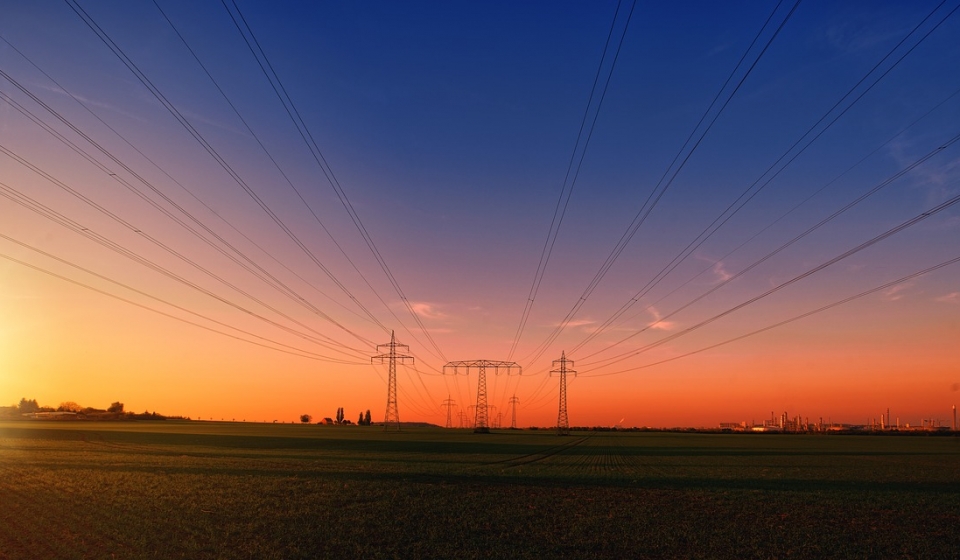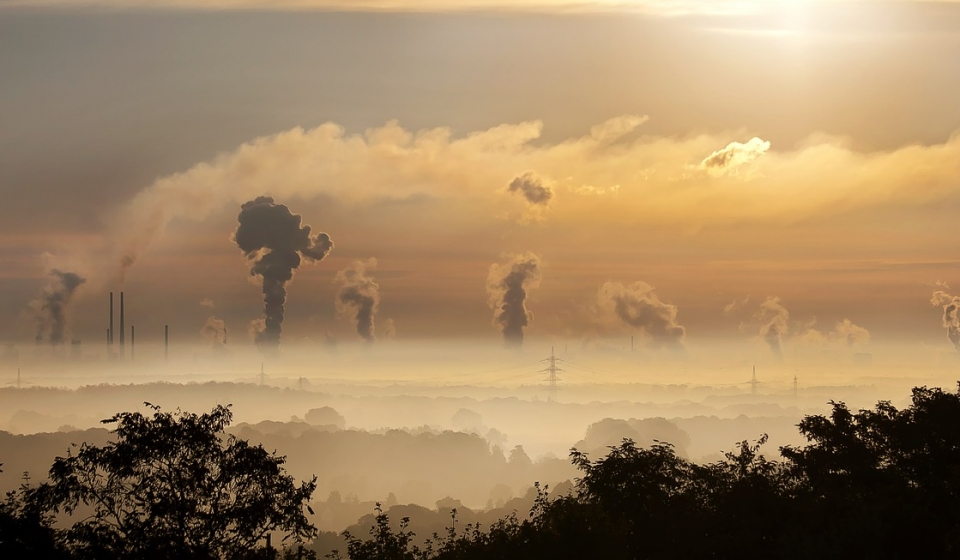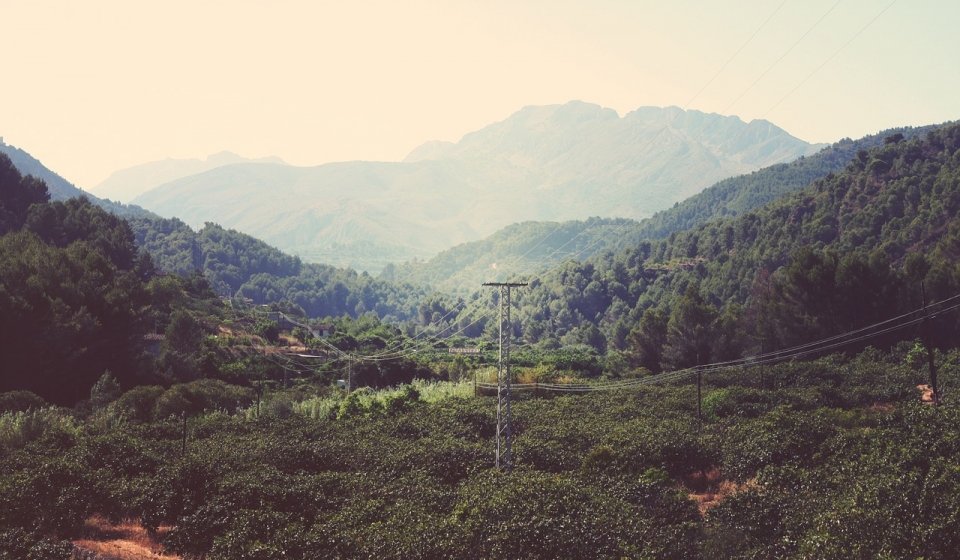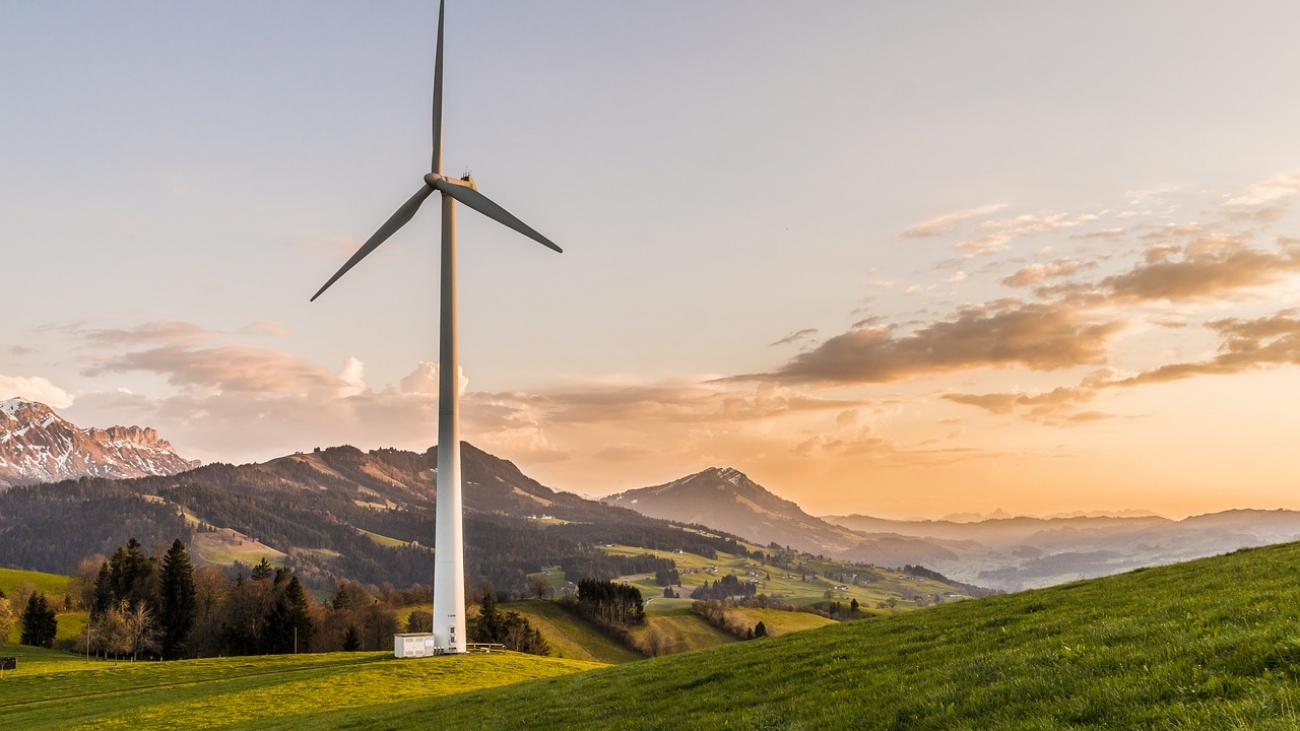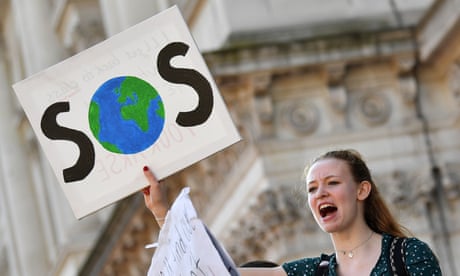Overall, I expect that oil and other commodity prices will remain low in 2020. These low oil prices will adversely affect oil production and several other parts of the economy. As a result, a strong tendency toward recession can be expected. The extent of recessionary influences will vary from country to country. Financial factors, not discussed in these forecasts, are likely also to play a role.
The following are pieces of my energy forecast for 2020:
[1] Oil prices can be expected to remain generally low in 2020. There may be an occasional spike to $80 or $90 per barrel, but average prices in 2020 are likely to be at or below the 2019 level.
Oil prices can temporarily spike because of inadequate supply or fear of war. However, to keep oil prices up, there needs to be an increase in “demand” for finished goods and services made with commodities. Workers need to be able to afford to purchase more goods such as new homes, cars, and cell phones. Governments need to be able to afford to purchase new goods such as paved roads and school buildings.
At this point, the world economy is struggling with a lack of affordability in finished goods and services. This lack of affordability is what causes oil and other commodity prices to tend to fall, rather than to rise. Lack of affordability comes when too many would-be buyers have low wages or no income at all. Wage disparity tends to rise with globalization. It also tends to rise with increased specialization. A few highly trained workers earn high wages, but many others are left with low wages or no job at all.
It is the fact that we do not have a way of making the affordability of finished goods rise which leads me to believe that oil prices will remain low. Raising minimum wages tends to encourage more mechanization of processes and thus tends to lower total employment. Interest rates cannot be brought much lower, nor can the terms of loans be extended much longer. If such changes were available, they would enhance affordability and thus help prevent low commodity prices and recession.
[2] World oil production seems likely to fall by 1% or more in 2020 because of low oil prices.
The highest single quarter of world oil production was the fourth quarter of 2018. Oil production has been falling since this peak quarter.
To examine what is happening, the production shown in Figure 3 can be divided into that by the United States, OPEC, and “All Other.”
OPEC’s oil production bobs up and down. In general, its production is lower when oil prices are low, and higher when oil prices are high. (This shouldn’t be a surprise.) Recently, its production has been lower in response to low prices. Effective January 1, 2020, OPEC plans to reduce its production by another 500,000 barrels per day.
Figure 4 shows that oil production of the United States rose in response to high prices in the 2010 to 2013 period. It dipped in response to low oil prices in 2015 and 2016. When oil prices rose in 2017 and 2018, its production again rose. Production in 2019 seems to have risen less rapidly. Recent monthly and weekly EIA data confirm the flatter US oil production growth pattern in 2019.
Putting the pieces together, I estimate that world oil production (including natural gas liquids) for 2019 will be about 0.5% lower than that of 2018. Since world population is rising by about 1.1% per year, per capita oil production is falling faster, about 1.6% per year.
A self-organizing networked economy seems to distribute oil shortages through lack of affordability. Thus, for example, they might be expected to affect the economy through lower auto sales and through less international trade related to automobile production. International trade, of course, requires the use of oil, since ships and airplanes use oil products for fuel.
If prices stay low in 2020, both the oil production of the United States and OPEC will likely be adversely affected, bringing 2020 oil production down even further. I would expect that even without a major recession, world oil supply might be expected to fall by 1% in 2020, relative to 2019. If a major recession occurs, oil prices could fall further (perhaps to $30 per barrel), and oil production would likely fall lower. Laid off workers don’t need to drive to work!
[3] In theory, the 2019 and 2020 decreases in world oil production might be the beginning of “world peak oil.”
If oil prices cannot be brought back up again after 2020, world oil production is likely to drop precipitously. Even the “All Other” group in Figure 4 would be likely to reduce their production, if there is no chance of making a profit.
The big question is whether the affordability of finished goods and services can be raised in the future. Such an increase would tend to raise the price of all commodities, including oil.
[4] The implosion of the recycling business is part of what is causing today’s low oil prices. The effects of the recycling implosion can be expected to continue into 2020.
With the rise in oil prices in the 2002-2008 period, there came the opportunity for a new growth industry: recycling. Unfortunately, as oil prices started to fall from their lofty heights, the business model behind recycling started to make less and less sense. Effective January 1, 2018, China stopped nearly all of its paper and plastic recycling. Other Asian nations, including India, have been following suit.
When recycling efforts were reduced, many people working in the recycling industry lost their jobs. By coincidence or not, auto purchases in China began to fall at exactly the same time as recycling stopped. Of course, when fewer automobiles are sold, demand for oil to make and operate automobiles tends to fall. This has been part of what is pushing world oil prices down.Related: Why Pirates Are Giving Up On Oil
Sending materials to Asia for recycling made economic sense when oil prices were high. Once prices dropped, China was faced with dismantling a fairly large, no longer economic, industry. Other countries have followed suit, and their automobile sales have also fallen.
Companies operating ships that transport manufactured goods to high-income countries were adversely affected by the loss of recycling. When material for recycling was available, it could be used to fill otherwise-empty containers returning from high-income countries. Fees for transporting materials to be recycled indirectly made the cost of shipping goods manufactured in China and India a little lower than they otherwise would be, if containers needed to be shipped back empty. All of these effects have helped reduce demand for oil. Indirectly, these effects tend to reduce oil prices.
The recycling industry has not yet shrunk back to the size that the economics would suggest is needed if oil prices remain low. There may be a few kinds of recycling that work (well-sorted materials, recycled near where the materials have been gathered, for example), but it probably does not make sense to send separate trucks through neighborhoods to pick up poorly sorted materials. Some materials may better be burned or placed in landfills.
We are not yet through the unwind of recycling. Even the recycling of materials such as aluminum cans is affected by oil prices. A March, 2019, WSJ article talks about a “glut of used cans” because some markets now prefer to use newly produced aluminum.
[5] The growth of the electric car industry can be expected to slow substantially in 2020, as it becomes increasingly apparent that oil prices are likely to stay low for a long period.
Electric cars are expensive in two ways:
1. In building the cars initially, and
2. In building and maintaining all of the charging stations required if more than a few elite workers with charging facilities in their garages are to use the vehicles.
Once it is clear that oil prices cannot rise indefinitely, the need for all of the extra costs of electric vehicles becomes very iffy. In light of the changing view of the economics of the situation, China has discontinued its electric vehicle (EV) subsidies, as of January 1, 2020. Prior to the change, China was the world’s largest seller of electric vehicles. Year over year EV sales in China dropped by 45.6% in October 2019 and 45.7% in November 2019. The big drop in China’s EV sales has had a follow-on effect of sharply lower lithium prices.
In the US, Tesla has recently been the largest seller of EVs. The subsidy for Tesla is disappearing in 2020 because it has sold over 200,000 vehicles. This is likely to adversely affect the growth of EV sales in the US in 2020.
The area of the world that seems to have a significant chance of a major uptick in EV sales in 2020 is Europe. This increase is possible because governments there are still giving sizable subsidies to buyers of such cars. If, in future years, these subsidies become too great a burden for European governments, EV sales are likely to lag there as well.
[6] Ocean-going ships are required to use fuels that cause less pollution as of January 2020. This change will have a positive environmental impact, but it will lead to additional costs that are impossible to pass on to buyers of shipping services. The net impact will be to push the world economy in the direction of recession.
If ocean-going ships use less polluting fuels, this will raise costs somewhere along the line. In the simplest cases, ocean-going vessels will purchase diesel fuel rather than lower, more polluting, grades of fuel. Refineries will need to charge more for the diesel fuel, if they are to cover the cost of removing sulfur and other pollutants.
The “catch” is that the buyers of finished goods and services cannot really afford more expensive finished goods. They cut back in their demand for automobiles, homes, cell phones and paved roads if oil prices rise. This reduction in demand is what pushes commodity prices, including oil prices, down.
Evidence that shipowners cannot really pass the higher refining costs along comes from the fact that the prices that shippers are able to charge for shipping seems to be falling, rather than rising. One January article says, “The Baltic Exchange’s main sea freight index touched its lowest level in eight months on Friday, weighed down by weak demand across all segments. The Index posted its biggest one day percentage drop since January 2014, in the previous session.”
So higher costs for shippers have been greeted by lower prices for the cost of shipping. It will partly be shipowners who suffer from the lower sales margin. They will operate fewer ships and lay off workers. But part of the problem will be passed on to the rest of the economy, pushing it toward recession and lower oil prices.
[7] Expect increasingly warlike behavior by governments in 2020, for the primary purpose of increasing oil prices.
Oil producers around the world need higher prices than recently have been available. This is why the US seems to be tapering its growth in shale oil production. Middle Eastern countries need higher oil prices in order to be able to collect enough taxes on oil revenue to provide jobs and to subsidize food purchases for citizens.
With the US, as well as Middle Eastern countries, wanting higher oil prices, it is no wonder that warlike behavior takes place. If, somehow, a country can get control of more oil, that is simply an added benefit.
[8] The year 2020 is likely to bring transmission line concerns to the wind and solar industries. In some areas, this will lead to cutbacks in added wind and solar.
A recent industry news item was titled, Renewables ‘hit a wall’ in saturated Upper Midwest Grid. Most of the material that is published regarding the cost of wind and solar omits the cost of new transmission lines to support wind and solar. In some cases, additional transmission lines are not really required for the first additions of wind and solar generation; it is only when more wind and solar are added that it becomes a problem. The linked article talks about projects being withdrawn until new transmission lines can be added in an area that includes Minnesota, Iowa, parts of the Dakotas and western Wisconsin. Adding transmission lines may take several years.
A related issue that has come up recently is the awareness that, at least in dry areas, transmission lines cause fires. Getting permission to site new transmission lines has been a longstanding problem. When the problem of fires is added to the list of concerns, delays in getting the approval of new transmission lines are likely to be longer, and the cost of new transmission lines is likely to rise higher.
The overlooked transmission line issue, once it is understood, is likely to reduce the interest in replacing other generation with wind and solar.
[9] Countries that are exporters of crude oil are likely to find themselves in increasingly dire financial straits in 2020, as oil prices stay low for longer. Rebellions may arise. Governments may even be overthrown.
Oil exporters often obtain the vast majority of their revenue from the taxation of receipts related to oil exports. If prices stay low in 2020, exporters will find their tax revenues inadequate to maintain current programs for the welfare of their people, such as programs providing jobs and food subsidies. Some of this lost revenue may be offset by increased borrowing. In many cases, programs will need to be cut back. Needless to say, cutbacks are likely to lead to unhappiness and rebellions by citizens.
The problem of rebellions and overthrown governments also can be expected to occur when exporters of other commodities find their prices too low. An example is Chile, an exporter of copper and lithium. Both of these products have recently suffered from low export prices. These low prices no doubt play a major part in the protests taking place in Chile. If more tax revenue from the sales of exports were available, there would be no difficulty in satisfying protesters’ demands related to poverty, inequality, and an overly high cost of living.
We can expect more of these kinds of rebellions and uprisings, the longer oil and other commodity prices stay too low for commodity producers.
Conclusion
I have not tried to tell the whole economic story for 2020; even the energy portion is concerning. A networked self-organizing system, such as the world economy, operates in ways that are far different from what simple “common sense” would suggest. Things that seem to be wonderful in the eyes of consumers, such as low oil prices and low commodity prices, may have dark sides that are recessionary in nature. Producers need high prices to produce commodities, but these high commodity prices lead to finished goods and services that are too expensive for many consumers to afford.
There probably cannot be a “one-size-fits-all” forecast for the world economy. Some parts of the world will likely fare better than others. It is possible that a collapse of one or more parts of the world economy will allow other parts to continue. Such a situation occurred in 1991, when the central government of the Soviet Union collapsed after an extended period of low oil prices.
It is easy to think that the future is entirely bleak, but we cannot entirely understand the workings of a self-organizing networked economy. The economy tends to have more redundancy than we would expect. Furthermore, things that seem to be terrible often do not turn out as badly as expected. Things that seem to be wonderful often do not turn out as favorably as expected. Thus, we really don’t know what the future holds. We need to keep watching the signs and adjust our views as more information unfolds.

